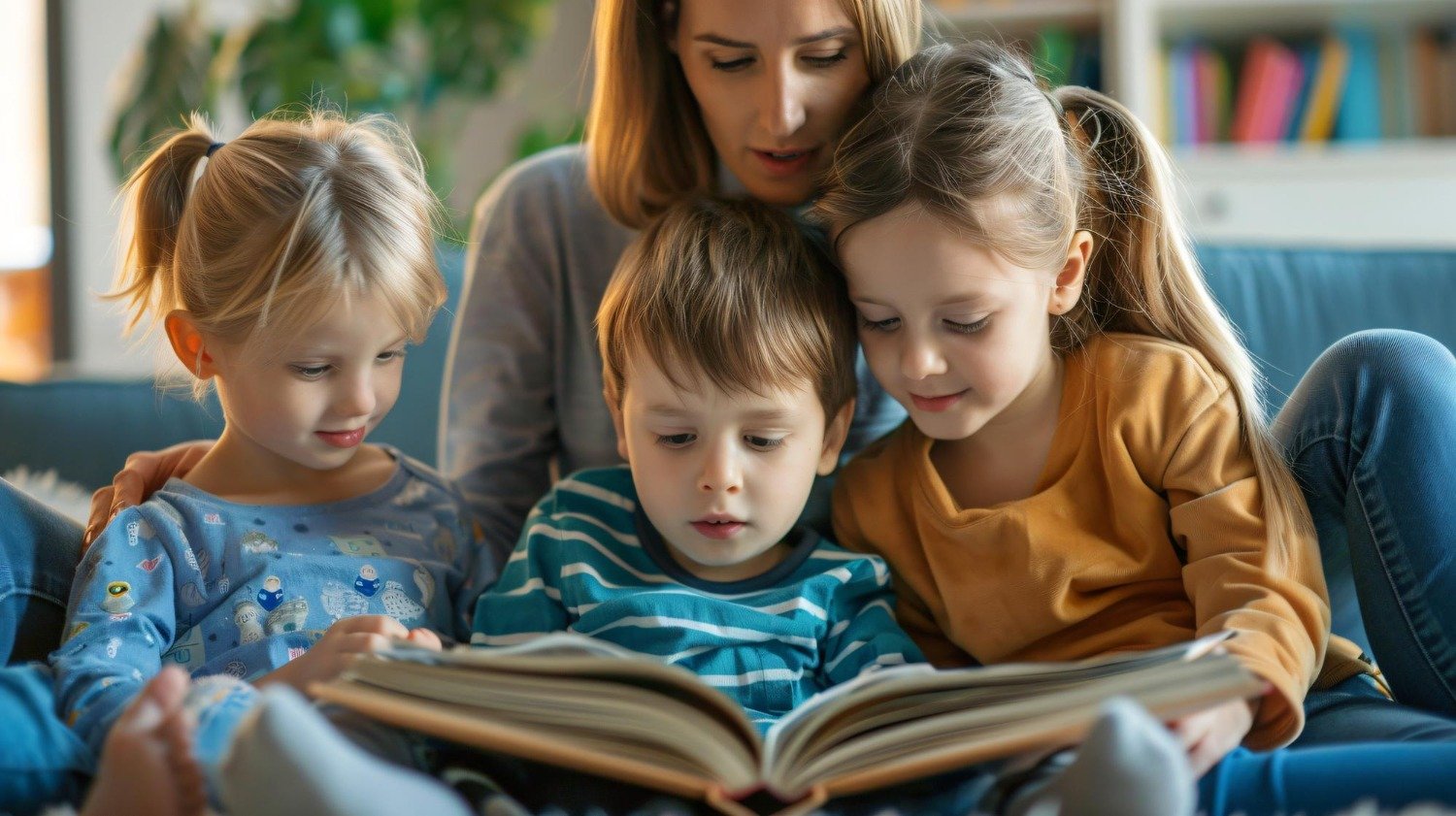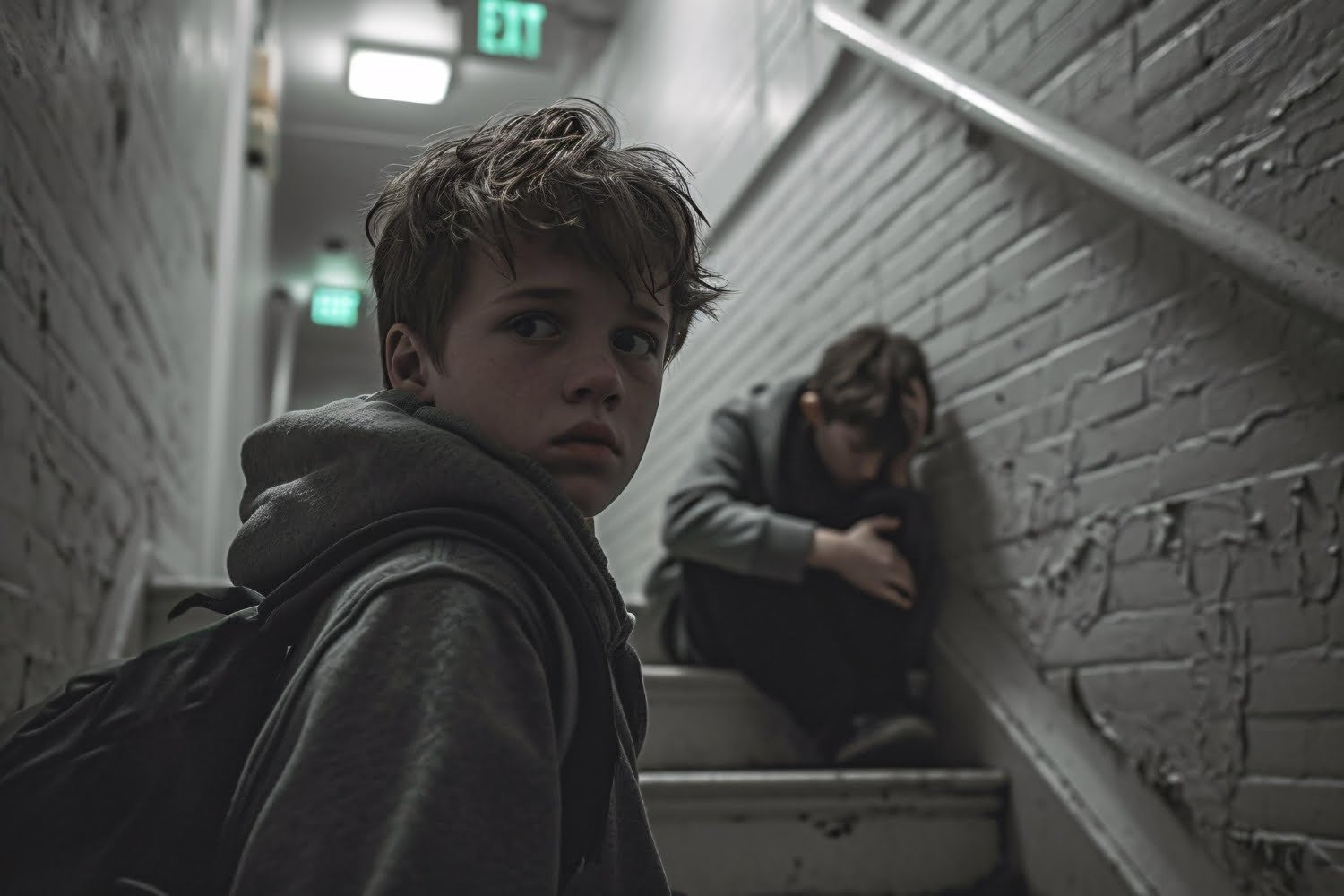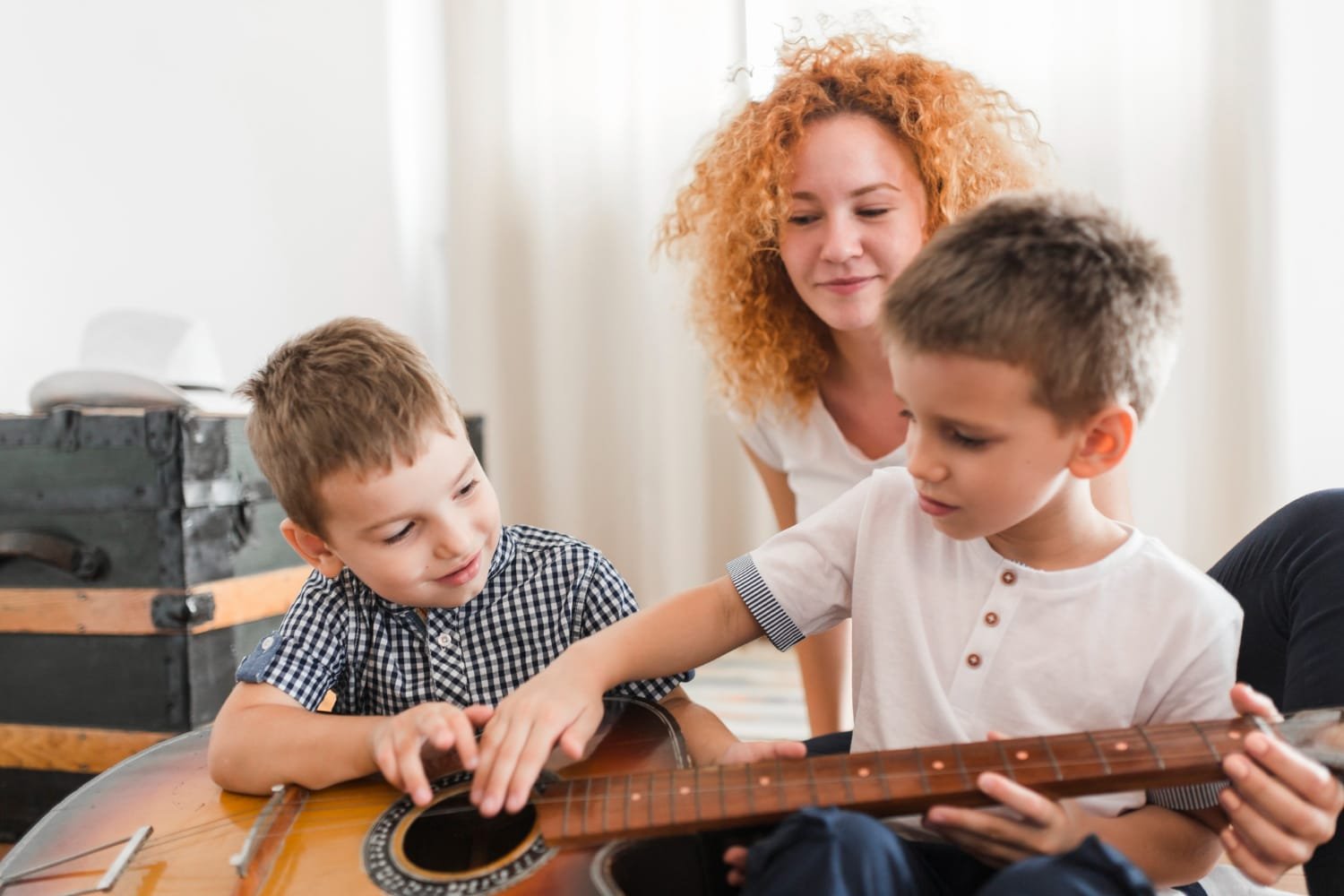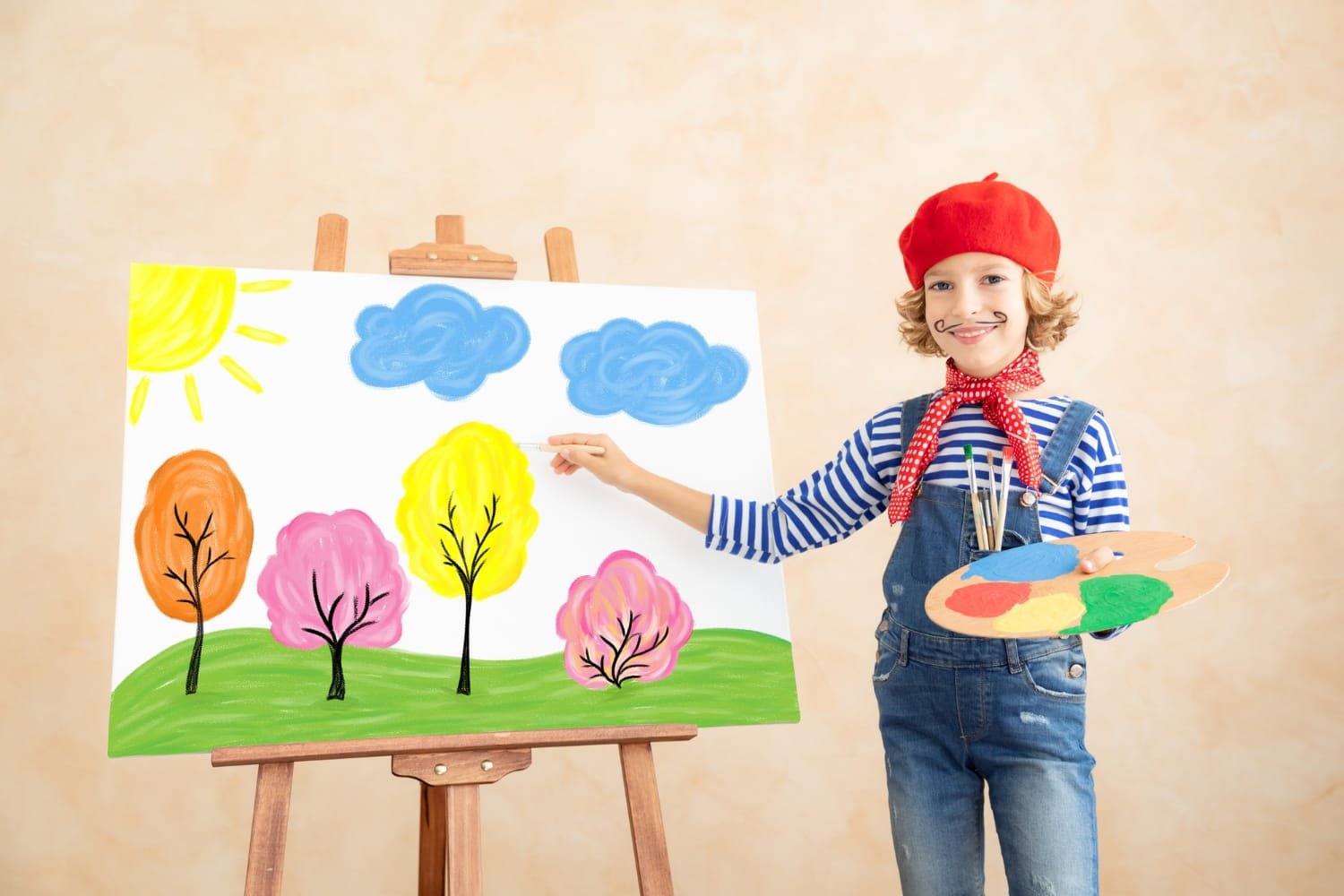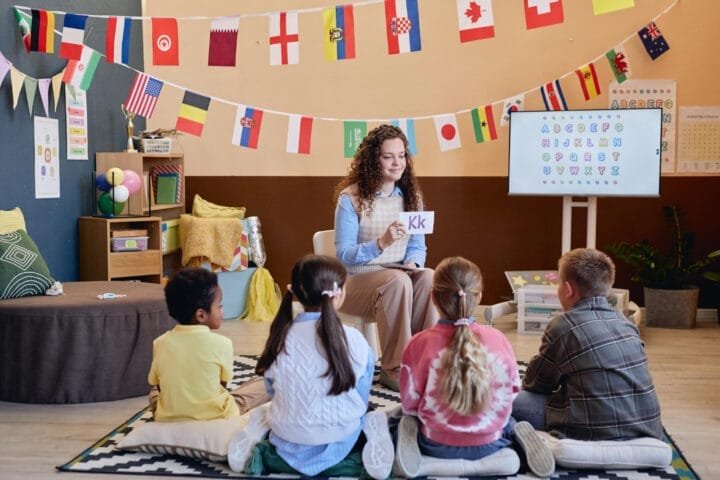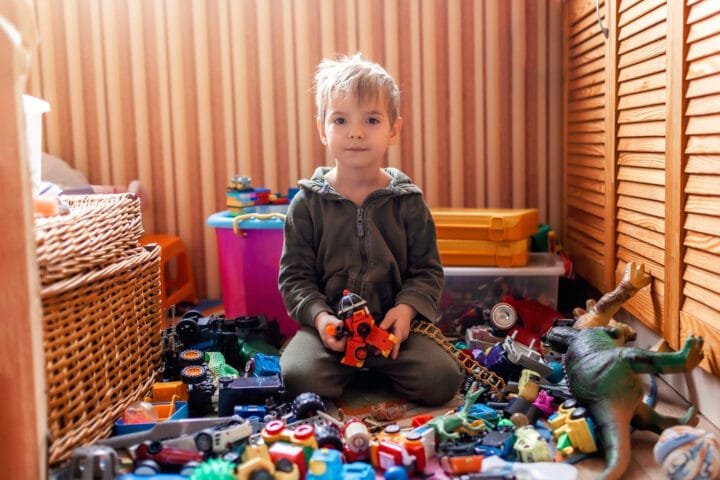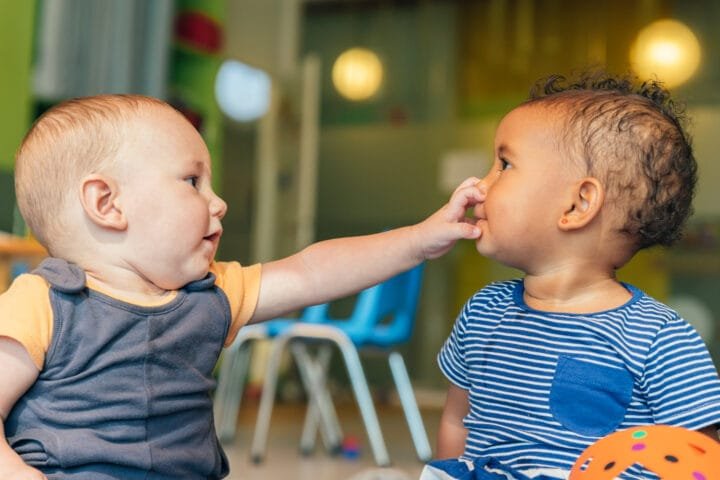Harmful Content in Kids’ Books: What Books Should You Not Let Your Kid Read?
Have you ever handed your child a book, only to realize later that it contained something you were not quite ready for them to encounter? We have all been there! Choosing the right books for our kids can feel like navigating a minefield. Violence, mature themes, and even subtle biases can lurk in the pages of seemingly innocent stories. However, fear not, fellow parents! This guide will equip you with the knowledge and strategies to curate a library that nurtures your child’s mind and protects them from harmful content. Let us dive in!
The Importance of Mindful Book Selection
Books are more than just entertainment. They are powerful tools that shape our children’s understanding of the world, their values, and even their sense of self. Remember when you first read “Charlotte’s Web” or “The Giving Tree?” Those stories stayed with you, didn’t they? They taught you about friendship, loss, and the power of empathy.
That is why it is crucial to be mindful of the books our children read. We need to consider the words on the page, the underlying messages, and the potential impact on their developing minds. Think of it like choosing their diet—we would not feed them junk food all the time, right? We want to nourish their bodies with healthy, wholesome choices. The same goes for their minds.
Content-Based Considerations: Navigating Sensitive Topics
Let’s face it: some topics are too mature for young minds. However, how do we know where to draw the line? Let us break down some common sensitive content areas and discuss how to approach them.
Violence and Disturbing Content
We all want our children to grow up in a safe and nurturing environment. However, the reality is that violence exists in the world and often finds its way into books. Violence can take many forms, from fairy tales with wicked witches to young adult novels with intense battle scenes.
- Graphic depictions: Young children, especially, are very literal. They may not be able to distinguish between fantasy and reality, so graphic descriptions of violence can be alarming. Imagine a 5-year-old reading about a character being brutally murdered. This could lead to nightmares, anxiety, and even a skewed perception of the world.
- Normalization of violence: Repeated exposure to violence in books can desensitize children to its consequences. They may begin to see aggression as a standard or acceptable way to solve problems. Studies have shown a correlation between media violence and aggressive behavior in children. One study published in the Journal of Abnormal Child Psychology found that children who watched violent television shows were more likely to engage in aggressive behavior themselves.
- Age-related recommendations: As children mature, they develop a greater capacity to understand complex themes and handle more intense content. Common Sense Media provides excellent age-based ratings and reviews to help you make informed decisions. For example, they might recommend a book with mild fantasy violence for an 8-year-old, while a book with more realistic or graphic violence might be deemed appropriate for a 14-year-old.
Sexual Content
Navigating sexual content in books can be particularly tricky. We want our children to develop a healthy understanding of sexuality, but we also want to protect their innocence.
- Explicit descriptions: Books that contain explicit descriptions of sexual acts are inappropriate for young children. Such content can be confusing, overwhelming, and even frightening for them. It is important to remember that children develop at different paces, so what is appropriate for one 12-year-old might not be suitable for another.
- Premature exposure: Introducing sexual themes too early can disrupt a child’s natural development. They may not have the cognitive or emotional maturity to process such information healthily. The American Academy of Pediatrics recommends that parents talk to their children about sex in an age-appropriate way, starting in early childhood. Books can be a helpful tool in these conversations but choosing them carefully is essential.
- Healthy sexual development: As children reach adolescence, they naturally become more curious about sex. Books can provide accurate information and promote healthy attitudes about sexuality. Look for books that address topics like consent, respect, and healthy relationships.
Profanity and Offensive Language
Words matter. The language our children are exposed to can influence their speech patterns and understanding of social norms.
- Impact on language development: Young children are like sponges, absorbing everything they hear. If they are constantly exposed to profanity in books, they are likelier to use those words. This can lead to problems at school, with friends, and even within the family.
- Social implications: Profanity can be offensive and hurtful, even if not directed at anyone. Children need to learn that words have power, and that using offensive language can have negative consequences.
- Contextual considerations: While we generally want to avoid books with excessive profanity, there may be times when it is used in a way that serves a literary purpose. For example, a book about historical figures might include some period-appropriate language considered offensive today. In these cases, it is essential to use your judgment and consider the book’s overall message.
Substance Abuse and Risky Behaviors
Books often reflect the realities of life, both good and bad. This can include depictions of substance abuse, risky behaviors, and other challenging topics.
- The glamorization of harmful behaviors: Some books may glamorize or normalize behaviors like drug use, underage drinking, or reckless driving. This can send the wrong message to children, making them more likely to engage in these activities themselves. A study by the National Institute on Drug Abuse found that teenagers who saw smoking depicted positively in movies were more likely to start smoking themselves.
- Peer pressure: Many books explore the theme of peer pressure, which can influence children’s behavior. It is important to choose books that portray the negative consequences of succumbing to peer pressure and that empower children to make their own choices.
- Encouraging open communication: Books that address sensitive topics like substance abuse can provide an opportunity to start conversations with your children. Use these books as a springboard to discuss your family’s values, the dangers of risky behaviors, and the importance of making healthy choices.
Theme-Based Considerations: Addressing Underlying Messages
Beyond specific content, we must also consider the underlying themes and messages in books. Some books may perpetuate harmful stereotypes, promote unhealthy values, or misrepresent historical facts.
Harmful Stereotypes and Prejudice
We live in a diverse world, and our children need to develop an appreciation for different cultures, races, genders, and identities. Unfortunately, some books reinforce harmful stereotypes that can lead to prejudice and discrimination.
- Racial and ethnic stereotypes: Books that portray certain racial or ethnic groups in a negative light can perpetuate harmful stereotypes and contribute to prejudice. For example, a book that depicts all members of a particular race as criminals or villains can be incredibly damaging.
- Gender stereotypes: Traditional gender roles are often reinforced in children’s literature. Boys are portrayed as strong and adventurous, while girls are portrayed as passive and domestic. These stereotypes can limit children’s aspirations and sense of what is possible. Look for books that challenge gender stereotypes and showcase the diversity of human experience.
- LGBTQ+ representation: For many years, LGBTQ+ characters were largely absent from children’s literature. This lack of representation can convey that these identities are abnormal or unacceptable. Thankfully, many excellent books now feature LGBTQ+ characters in a positive and affirming way. These books can help children develop empathy and understanding for all people, regardless of their sexual orientation or gender identity.
Materialism and Consumerism
Our society is bombarded with messages about the importance of material possessions. It can be hard to escape the pressure to consume from toys to clothes to the latest gadgets. Some books reinforce this materialistic mindset, while others offer a counter-narrative.
- Creating a balanced perspective: Children must understand that happiness does not come from material possessions. Books can help them develop a healthy relationship with money and material goods. Look for books emphasizing the importance of experiences, relationships, and personal growth.
- Focus on intrinsic values: Instead of focusing on what we have, we should encourage our children to focus on who they are and what they can contribute to the world. Books can help instill values like kindness, compassion, and generosity.
Misinformation and Propaganda
In the age of fake news and alternative facts, teaching our children to distinguish between truth and falsehood is more critical than ever. Some books may contain misinformation or even outright propaganda, which can distort their understanding of the world.
- Critical thinking skills: We must equip our children to evaluate information and form their opinions. Books can help them develop these skills by presenting different perspectives and encouraging them to ask questions.
- Encouraging diverse perspectives: Children need to be exposed to various viewpoints, even those that differ from their own. This helps them develop a more nuanced understanding of the world and avoid falling prey to propaganda.
Age-Specific Recommendations: Tailoring Choices to Developmental Stages
Choosing age-appropriate books is essential. What is suitable for a teenager might be entirely inappropriate for a preschooler. Let us explore some general guidelines for different age groups.
Early Childhood (Ages 0-5)
- Focus: Simple stories, colorful illustrations, and repetitive phrases.
- Examples: Board books with pictures of animals, familiar objects, or everyday routines. Classic fairy tales with gentle storylines.
- Considerations: Avoid books with scary images or complex plots that might confuse or frighten young children.
Early Elementary (Ages 6-8)
- Focus: Building vocabulary, exploring emotions, and developing moral reasoning.
- Examples: Early chapter books with relatable characters and engaging storylines. Books that teach valuable lessons about friendship, kindness, and honesty.
- Considerations: Introduce more complex themes but avoid graphic violence or mature content.
Upper Elementary (Ages 9-11)
- Focus: Complex narratives, diverse characters, and exploring social issues.
- Examples: Fantasy novels, historical fiction, and realistic fiction that tackle topics like bullying, prejudice, and environmental issues.
- Considerations: Children in this age group can handle more challenging content, but it is still important to be mindful of their maturity levels.
Middle School (Ages 12-14)
- Focus: Mature themes, identity exploration, and challenging societal norms.
- Examples: Young adult novels that deal with issues like first love, peer pressure, and social justice. Books that explore different cultures and perspectives.
- Considerations: Be prepared to discuss sensitive topics with your child and provide guidance as they navigate complex emotions and social situations.
High School (Ages 15-18)
- Focus: Critical analysis, diverse perspectives, and exploring the complexities of the human condition.
- Examples: Classic literature, contemporary fiction, and non-fiction that delve into philosophical questions, historical events, and social issues.
- Considerations: Encourage your teens to read widely and develop their literary tastes. Support their intellectual curiosity and provide opportunities for them to engage in meaningful discussions about the books they read.
Open Communication and Critical Thinking: Empowering Young Readers
Ultimately, our goal is not to shield our children from the world but to equip them with the tools they need to navigate it successfully. This includes fostering a love of reading, encouraging critical thinking, and promoting open communication.
Fostering a Love of Reading
Reading should be a joyful experience, not a chore. We want our children to develop a lifelong love of reading, so making it fun and engaging is important.
- Read aloud together: Even when children can read independently, there is something magical about sharing a book. Cuddle up on the couch and take turns reading aloud. Discuss the characters, the plot, and the themes.
- Visit the library: Make regular trips to the library a family tradition. Let your child choose their books and explore different genres.
- Create a cozy reading nook: Set up a comfortable space in your home where your child can curl up with a good book. Make sure it is well lit and free from distractions.
Age-Appropriate Conversations
As your child grows, be prepared to have open and honest conversations about the books they are reading.
- Start early: Even young children can benefit from discussions about the books they read. Ask simple questions like, “What was your favorite part of the story?” or “How did the characters make you feel?”
- Be a good listener: Listen attentively to your child’s thoughts and feelings about the books they read. Do not judge or dismiss their opinions, even if they differ from your own.
- Address challenging topics: If a book raises difficult questions or deals with sensitive topics, be prepared to discuss them age-appropriately. Use the book as a springboard for conversations about your family’s values and beliefs.
Building Trust and Open Communication
Creating a safe and supportive environment where your child feels comfortable talking to you about anything is essential.
- Be approachable: Let your children know they can come to you with any questions or concerns about the books they are reading.
- Avoid judgment: Create a space where your child feels safe expressing their thoughts and feelings without fear of judgment or criticism.
- Maintain open lines of communication: Encourage your child to talk to you about their interests, friends, and experiences. The more you communicate, the stronger your bond will be.
Encouraging Critical Thinking
Critical thinking is an essential skill that will serve your child well. Books can be a valuable tool in developing this skill.
- Ask open-ended questions: Instead of asking simple yes or no questions, encourage your child to think critically about the books they read. Ask questions like, “What do you think the author was trying to say?” or “How would you have handled the situation differently?”
- Challenge assumptions: Encourage your child to question the messages they encounter in books and the media. Help them develop the skills to identify bias, stereotypes, and misinformation.
- Encourage debate: Engage your child in friendly debates about the books they read. This helps them develop their argumentation skills and learn to see different perspectives.
Media Literacy
Children are exposed to a constant stream of media messages in today’s digital age. Teaching them how to navigate this landscape critically and responsibly is important.
- Discuss media messages: Talk to your child about the messages they encounter in books, movies, television shows, and online. Help them understand how media can influence their thoughts, feelings, and behaviors.
- Teach them to evaluate sources: Help your child develop the skills to evaluate the credibility of different sources of information. Teach them to look for evidence, consider the author’s perspective, and be wary of bias and misinformation.
- Set limits on screen time: While books are an excellent source of entertainment and education, it is important to balance screen time with other activities, such as playing outdoors, spending time with family and friends, and engaging in creative pursuits.
Summary: Raising Informed and Responsible Readers
Choosing the right books for our children is a responsibility we should not take lightly. By being mindful of the content, themes, and age-appropriateness of the books they read, we can help them develop into informed, responsible, and compassionate readers. Remember, the goal is not to censor or restrict their access to literature but to guide them toward books that will nurture their minds and inspire their imaginations.
So, embrace the journey of reading with your child. Explore different genres, discuss challenging topics, and foster a lifelong love of learning. Most importantly, remember that the most powerful lessons are often found in the words on the page and the shared experience of reading together.
Recommend Books
- “The Read-Aloud Handbook” by Jim Trelease: This classic guide emphasizes the importance of reading aloud with children and provides a wealth of recommendations for quality literature.
- “So You Want to Talk About Race” by Ijeoma Oluo: This book offers tools and guidance for engaging in meaningful conversations about race and racism with children.
- “Raising Media-Wise Kids in a Digital World” by Common Sense Media: This book provides practical strategies for navigating media challenges and empowering children to make responsible choices.
- “The Whole-Brain Child” by Daniel J. Siegel and Tina Payne Bryson: This book explores the development of a child’s brain and offers insights into how to foster emotional intelligence and resilience.
FAQs
It’s great that your child has found a book series they enjoy! A little bit of fantasy violence in a book isn’t necessarily a bad thing. What’s most important is to consider your child’s age and maturity level. If they’re young, you should read the book with them and discuss any scenes that might be confusing or upsetting. You can also use the opportunity to talk about the difference between fantasy and reality. If your child is older and can handle more complex themes, you might encourage them to think critically about the violence in the book. Ask them, “Why do you think the author included this scene?” or “What do you think the consequences of violence are?”
Librarians are a fantastic resource! They can offer recommendations and help you assess whether a book is a good fit for your child. You can also check out Common Sense Media. They provide comprehensive reviews and age-based ratings for books, movies, and apps. And, of course, trust your gut. If something about a book makes you uncomfortable, it’s best to be cautious.
Start by using everyday moments as teaching opportunities. For example, if you see a couple kissing on TV, you could say, “They’re showing each other affection.” When you’re reading together, use the book as a springboard for conversation. Ask open-ended questions like, “What do you think about that character’s choices?” And most importantly, be open and honest with your child. Let them know they can come to you with any questions they have.
That’s understandable! Most of us have limited time. Please encourage your child to tell you about the books they’re reading. Ask them to summarize the plot and tell you about their favorite characters. This will give you a sense of the book’s content even if you don’t have time to read it yourself. You can also check out online reviews or ask other parents for recommendations.
It’s wonderful that your child loves to read! That’s something to celebrate. Even so, staying involved in their reading journey is still a good idea. Talk to them about the books they enjoy and ask them what they’re learning from them. Please encourage them to read a variety of genres and explore different perspectives. If you ever have any concerns about a particular book, don’t hesitate to discuss it with your child.
Related Posts


